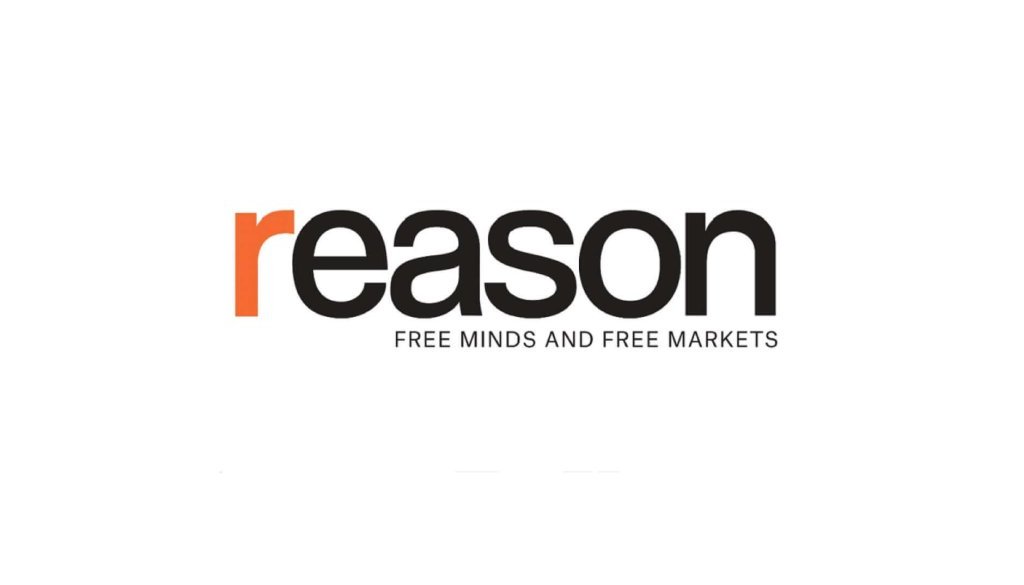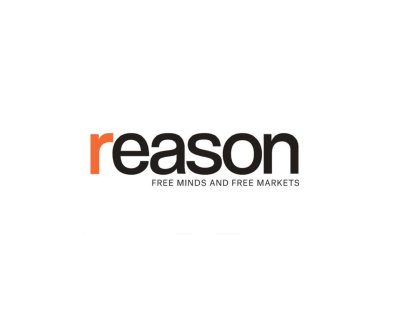How Airline Miles Turned Into a Multibillion Dollar Currency
This is part of Reason‘s 2025 summer travel issue. Click here to read the rest of the issue.
I joined my first frequent flyer program—American AAdvantage—before a trip to Australia in 1991. Sadly, I let those miles expire. Five years later I was out of college, flying regularly for work, and reading all the materials airlines used to send in the mail. Poring over the terms and conditions, I saw where I could earn 5,000 MileagePlus miles for buying four sodas in four different restaurants. I picked up 40,000 British Airways miles for getting someone at a Jaguar dealership to fill out a form saying my family and I had test driven a car. I went to a Bosley hair loss consultation for 10,000 Delta SkyMiles (I had a lot more hair back then). I bought Emmi cheese and enough magazine subscriptions to fly on the Concorde.
Growing up, I used to fly back and forth between my home in New York and where my dad lived in California. I would look at the first-class cabin longingly, thinking I would never be able to afford to sit there (and that I couldn’t fathom spending so much even if I had the means). Yet by earning as many miles as possible and being strategic deploying them, I’ve flown all around the world in business and first class many times over, enough times to have my favorite airports and lounges.
My favorite world airport is Singapore’s Changi Airport, for its food, butterfly garden, and the world’s largest indoor waterfall. In the United States, it’s Ronald Reagan Washington National Airport, especially for its location. It’s reasonably easy to get to, get through, and get out of—it does the thing that an airport is supposed to do, which is help you get somewhere quickly. It also has my favorite lounge in the country, Capital One Landing, which is basically a José Andrés tapas restaurant rather than a traditional lounge. While the best lounge in the world is certainly Air France’s La Première lounge in Paris (the Alain Ducasse restaurant, spa, and car transfers across the tarmac between lounge and plane are amazing), my favorite is the Qatar Airways Al Safwa First Class Lounge in Doha, for its minimalist luxury, 30–40 foot ceilings, and the inspiration it draws from the nearby Museum of Islamic Art. It even showcases pieces on loan from the museum.
But even the best airports and lounges are merely waypoints to the real destination. By my count, I’ve traveled to a majority of the world’s countries (including some like the Maldives half a dozen times and Australia perhaps 20 times)—much of it made possible by airline miles.
Thank Deregulation for Airline Miles
You couldn’t have frequent flyer miles before deregulation. The federal government set domestic airfares, and the airline industry received antitrust immunity to fix the prices of international trips. Discounts, such as frequent flyer miles, were largely illegal until the Airline Deregulation Act of 1978.
One exception was Southwest Airlines, which in those days flew only within the state of Texas and therefore wasn’t subject to those rules. In 1972, it launched the “Southwest Sweethearts Club,” which rewarded secretaries with free travel for booking their bosses on Southwest. And when the Civil Aeronautics Board began allowing “experiments in price competition” two years before the Airline Deregulation Act, which meant airlines could undercut Southwest’s pricing, the Dallas-based carrier introduced a two-tiered pricing structure: Buy the $13 discount fare, or pay $26 on your company’s dime and take home a free fifth of alcohol. Southwest was the largest liquor distributor in the state of Texas in 1977.
Deregulation was a pro-consumer cause championed by the likes of Ralph Nader and pursued in Congress by Sen. Ted Kennedy (D–Mass.). Kennedy hired Harvard law professor Stephen Breyer, later a Supreme Court justice, as his staff director for the Judiciary Committee’s Subcommittee on Administrative Practice and Procedure, which took the reins on the issue.
The airline industry had been born in government subsidy. The most powerful force shaping the early industry was the Postal Service, which handed out contracts to carry the mail, dictating which airline would succeed on a route. President Herbert Hoover’s postmaster general awarded contracts at a “spoils conference” in which the major carriers divided up routes and excluded competition.
When this came out, President Franklin Roosevelt’s administration canceled the contracts and assigned the Army Air Corps to carry the mail. Poorly equipped for the job, 13 airmen were killed within days. Mail was reassigned to private carriers. United Aircraft and Transport was broken up, producing the companies that became Boeing, United Airlines, Pratt & Whitney, and more. The changes culminated in the Civil Aeronautics Act of 1938, which limited competition and restricted entry into the industry.
The government set fares to ensure airline profitability, and it decided who could fly where. With high prices, planes often had empty seats. Business travel was common and leisure travel less so. Adjusting for inflation, airfares (including airline fees) have fallen around 50 percent since the government stopped setting prices.
Airlines wanted to compete for business but weren’t allowed to on the basis of price. That’s why serv
Article from Reason.com

The Reason Magazine website is a go-to destination for libertarians seeking cogent analysis, investigative reporting, and thought-provoking commentary. Championing the principles of individual freedom, limited government, and free markets, the site offers a diverse range of articles, videos, and podcasts that challenge conventional wisdom and advocate for libertarian solutions. Whether you’re interested in politics, culture, or technology, Reason provides a unique lens that prioritizes liberty and rational discourse. It’s an essential resource for those who value critical thinking and nuanced debate in the pursuit of a freer society.




